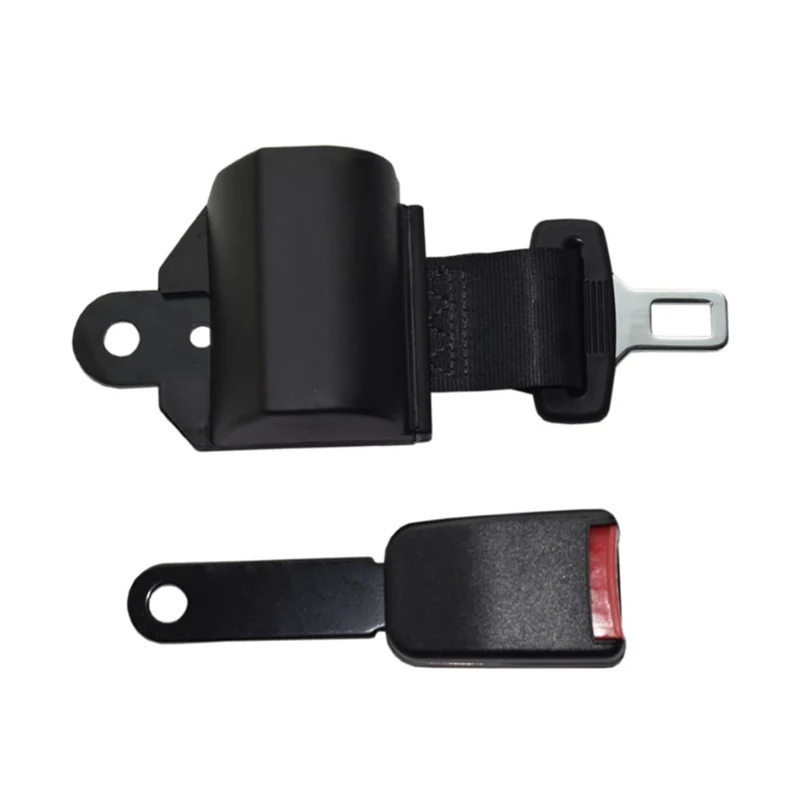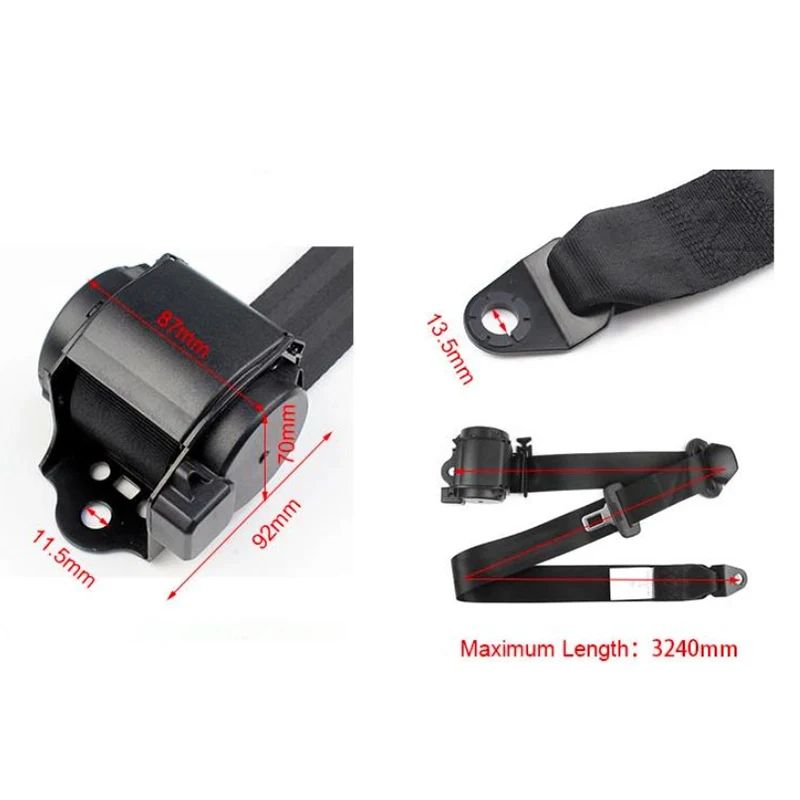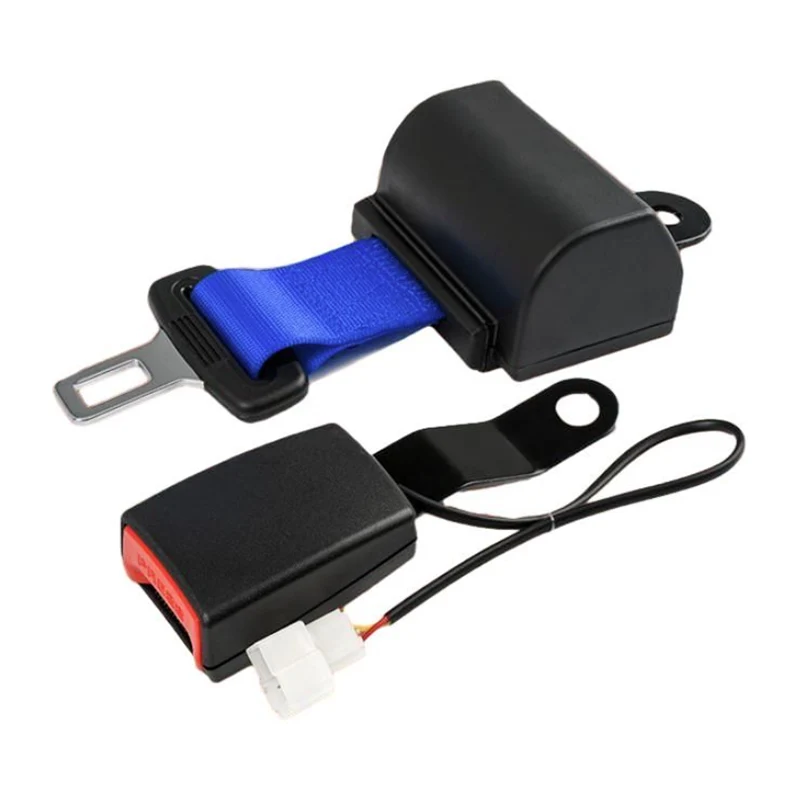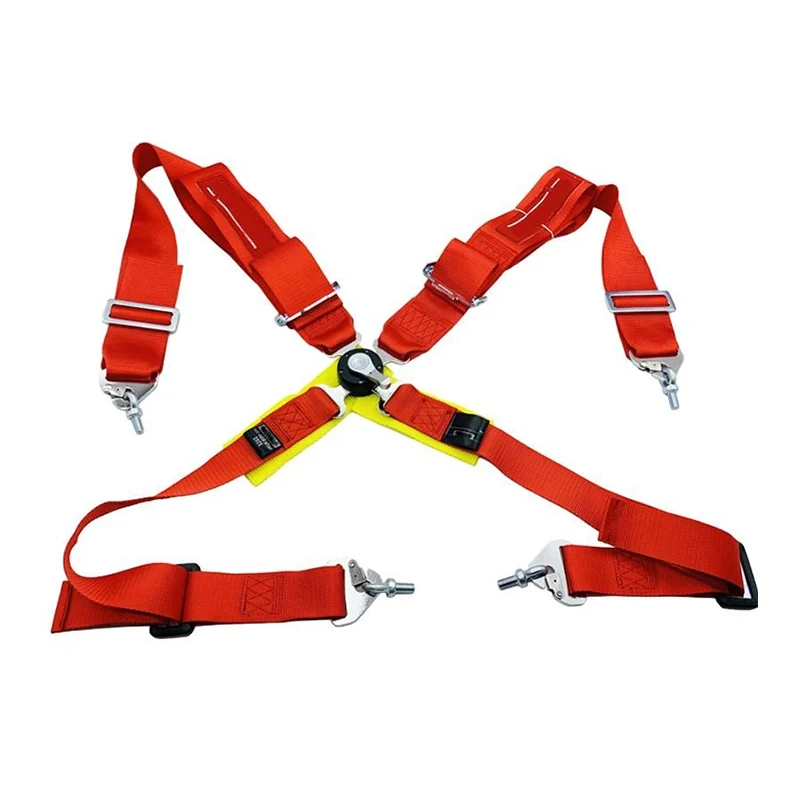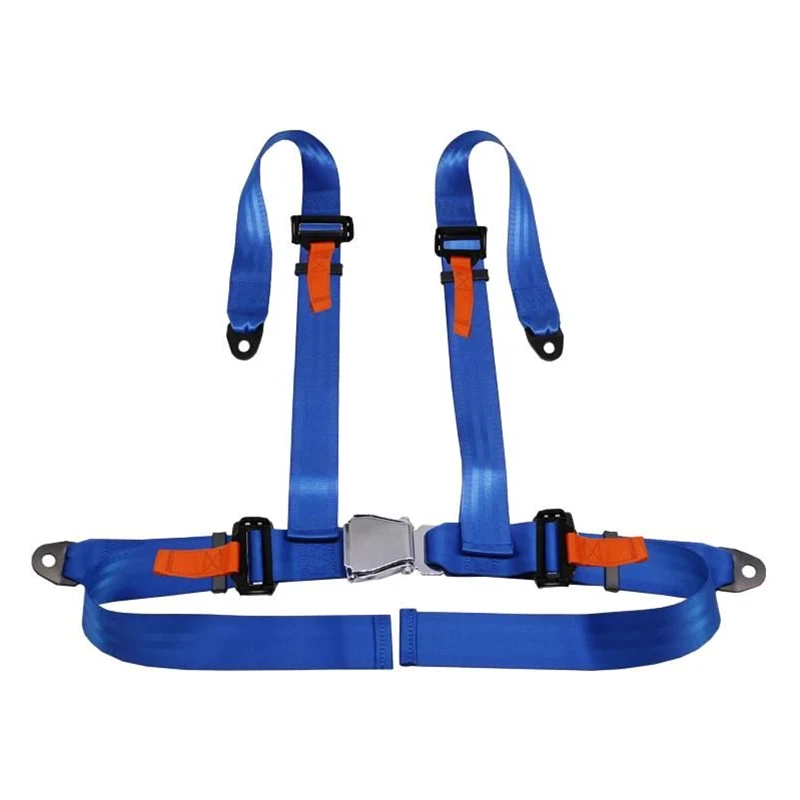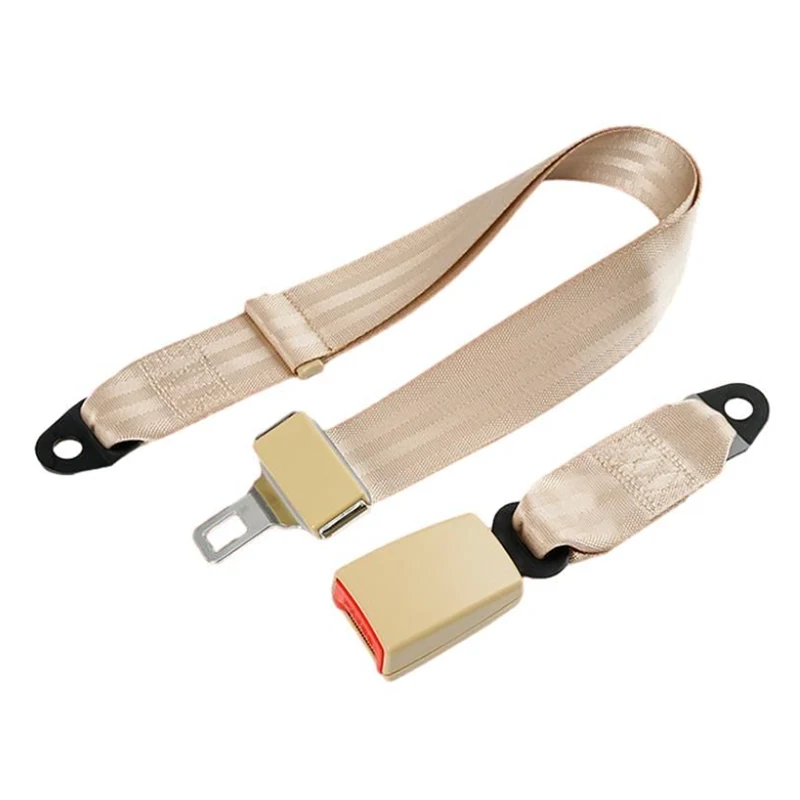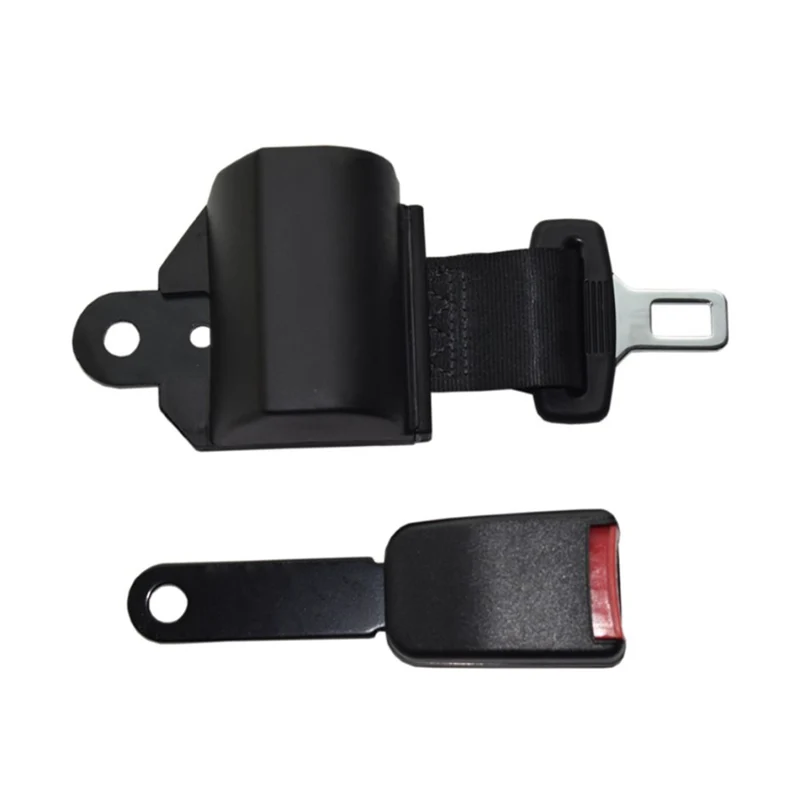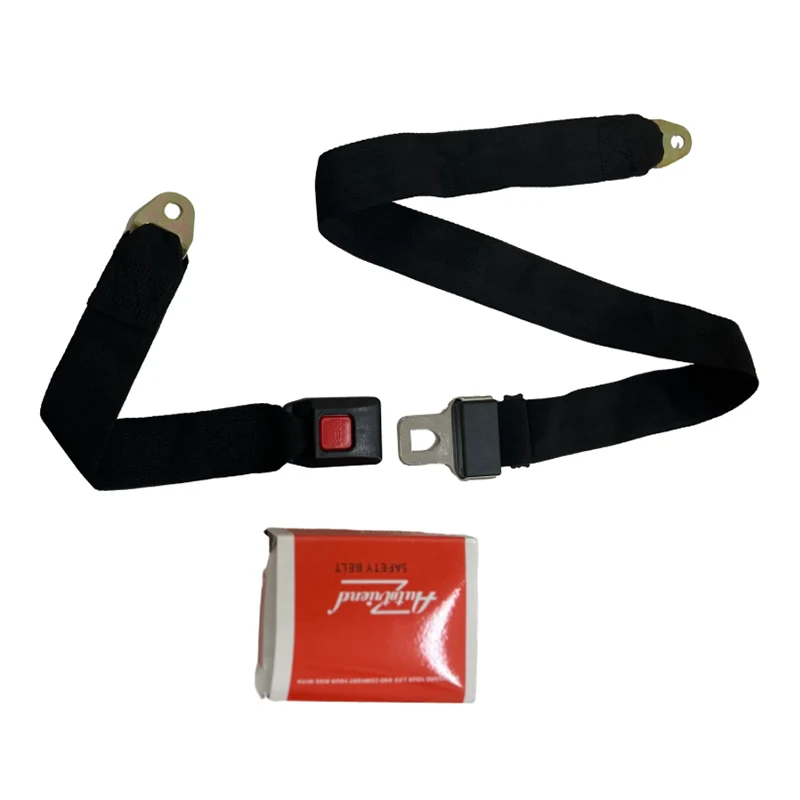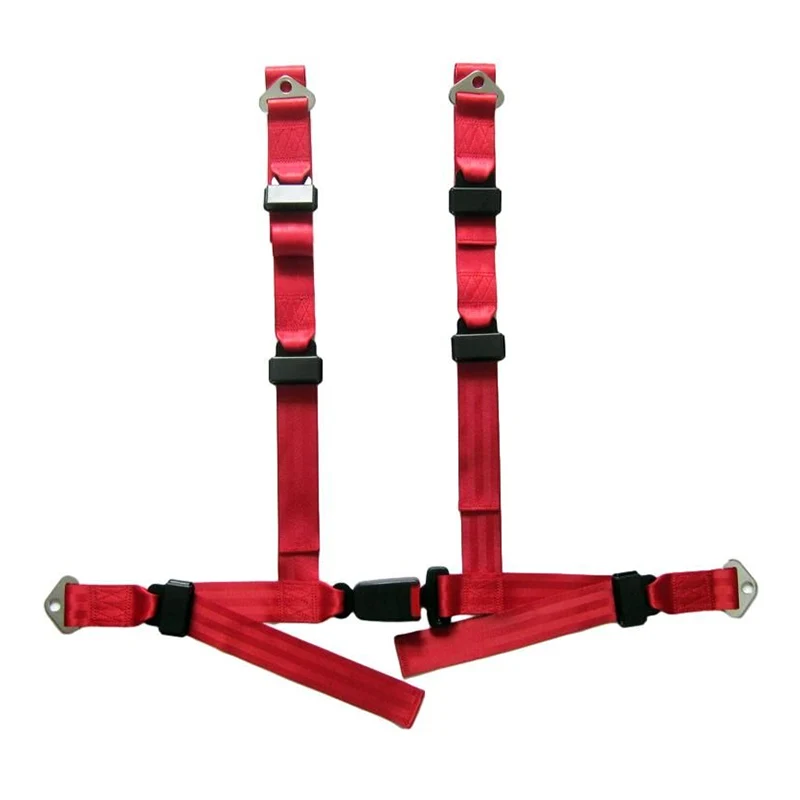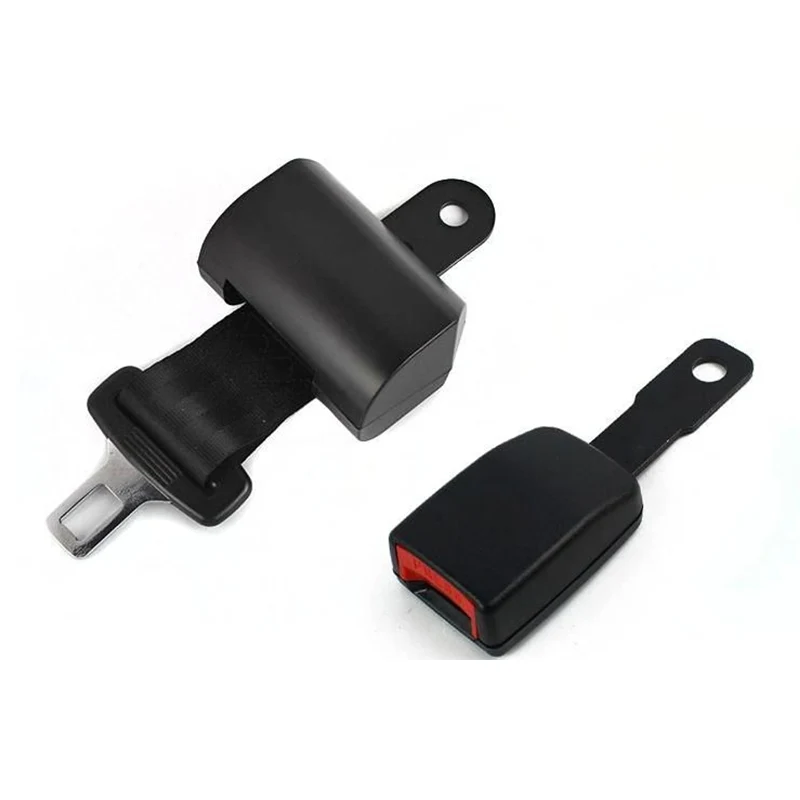Bus Seat Belts
Send Inquiry
Product Features
Classic Mechanical Structure: The bus seat belts produced by Wuxi Chuanghecheng Metal Technology Co., Ltd. adopt a classic mechanical structure. After long-term practical verification, this structure gives the product high stability and can provide passengers with continuous and stable safety protection even under various harsh conditions.
High Fatigue Durability: The seat belts in this series have completed 10,000 fatigue durability tests with qualified results. This test result confirms their ability to withstand long-term repeated use, which can ensure that the seat belts maintain functional integrity and application effectiveness during long-term use, while reducing the need for frequent replacements.
Environmentally Friendly Materials: All products in this series are made of environmentally friendly materials. The R&D team fully recognizes the importance of environmental protection and ensuring passengers' health, so strict standards have been set in the material selection process—specifically, the selected materials contain no harmful substances. The implementation of this standard ensures the safety and environmental protection of products.
Strong compatibility: This seat belt is compatible with various buckles and widely used in different scenarios. This compatibility ensures its effective integration with different types of bus seats and buckle systems, thereby boosting the product’s practical value.
Easy and safe to install: When designing this bus seat belt, we focused a lot on how easy it is for users to handle. So it’s easy to install, safe and reliable. You don’t need complex tools or special skills to fit it. This means it can be put in quickly and smoothly on all kinds of buses.
Diverse structural styles: There are many different structures to choose from. The company gives customers these various styles. So customers can pick the seat belts that work best for their bus model, interior design, specific needs when using them, and more.
ProductFunction
The core function of busseat belts is to ensure passenger safety during travel. How they work comes down to a good way of holding people back. This keeps passengers tightly in their seats. In emergencies such as sudden stops, collisions, and sharp turns, this restraint mechanism effectively prevents passengers from being thrown out of their seats or falling forward due to inertia. This holding back cuts down a lot on the chance of getting hurt when there’s an emergency. So it makes sure passengers stay safe the whole time they’re traveling. In addition, the device also has the function of assisting in maintaining order inside the vehicle, as it can prompt passengers to stay seated in their designated seats. This role is particularly prominent in driving scenarios with bumpy or uneven roads.
Product usage scenarios
On city buses, these seat belts mainly work for city public transport. City buses take daily riders on short trips. So they mostly run on city streets and busy areas. Here, the main job of the seat belts is to keep riders safe the whole time.
In long-distance coach scenarios, these vehicles are primarily used for interregional passenger transport. Given the long travel times and complex road conditions associated with long-distance journeys, these seat belts are essential safety devices for long-distance travelers, providing consistent protection throughout the entire journey.
On tourist buses, these seat belts mainly help with sightseeing trips. Tourist routes usually have all kinds of roads—like mountain areas and country spots. When buses are traveling, they might run into tricky road conditions. In all these different situations, the seat belts do a good job of protecting tourists.
Product Usage Instructions
Installation Method:
Before installation, check the condition of the bus seat to ensure it is intact and equipped with the required mounting points for theseat belt.Then, take out the busseat belt and the parts that come with it—like screws, nuts, and washers. Then, install theseat belt retractor at the right spots on the back of the bus seat or the vehicle itself. Make sure it lines up exactly when you put it in. Use the screws, nuts, and washers provided to hold the retractor in place. Tighten these fasteners so the retractor stays steady and doesn’t move. The buckle end should be fixed at a compatible installation position on the other side of the seat (such as the seat frame or bus floor) using supporting hardware, ensuring the buckle is securely installed. After installation, fully pull out theseat belt and let it retract smoothly to complete the test; at the same time, check the locked state after inserting theseat belt tongue into the buckle and the smooth release when pressing the button.
Passenger Usage Method:
After boarding and taking a seat, passengers should first confirm the position of theseat belt. Pull theseat belt over your body, so that it sits flat on your chest and thighs. Insert theseat belt tongue into the buckle until a "click" sound is heard, which indicates that theseat belt is firmly locked. Adjust theseat belt to a comfortable and snug fit; the tightness should meet the requirements for effective restraint while avoiding excessive tightness that causes discomfort. When getting off, press the button on the buckle to release the tongue, and wait for theseat belt to fully retract.

